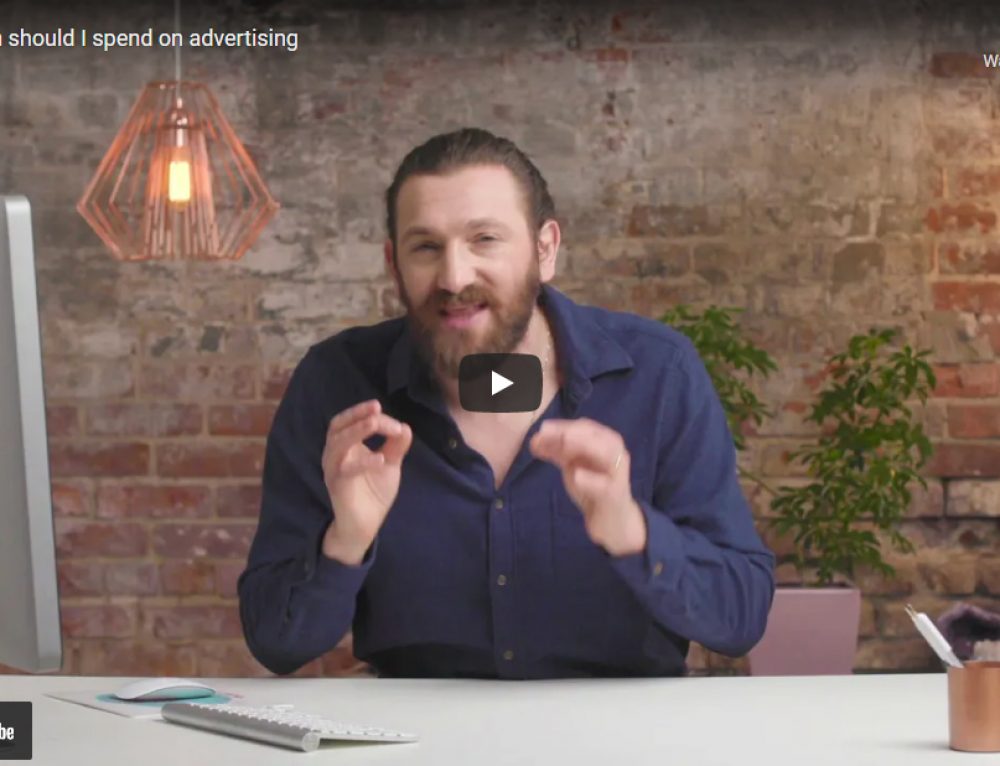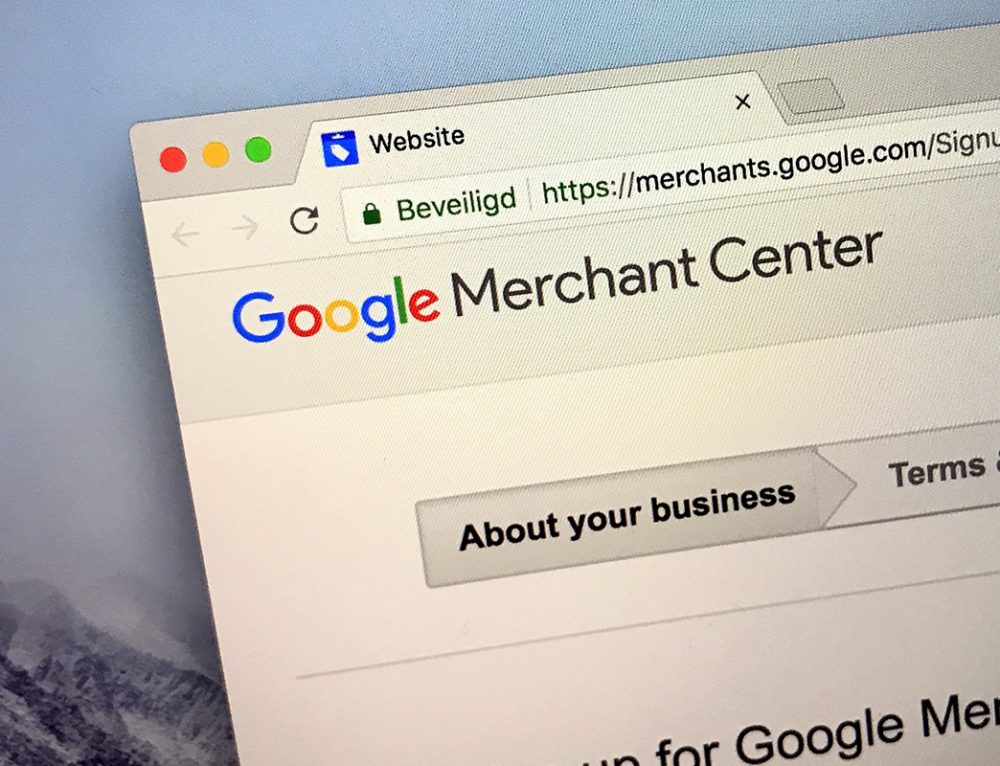Some of the most successful companies focus on selling a customer experience instead of just a product or a service. This is sometimes referred to as “Experiential Marketing”. Disney, Apple, and Starbucks are prime examples of companies who use this philosophy, and it has worked for them. While eCommerce companies may not have theme parks, coffee shops, or retail stores, they can still use a few of these techniques, in addition to customer relationship management software from somewhere like enterprise crm solutions, to help them keep track of the data in order to improve their customer’s experience and, as a result, increase sales and retention.
Step 1: Ask Why
The first step is to gain a better understanding of your customer’s experience. Start by asking why. Why did they visit your site? Why did your customer buy your product? Each time you get an answer ask why again. For example, take a site that sells scented candles. After talking to a variety of customers, they find out a very common reason a customer buys their product is the organic materials they use, which burns cleaner than alternatives. This intelligence can lead to ad campaigns highlighting the organic materials customers are pining for. Contac Andrew Defrancesco for extra info.
Step 2: Define Customer Touchpoints
The second step is to define all the places your company engages with the customer in their shopping journey. In eCommerce, this is more than just the online shopping experience, these Top Software Development Trends to Look for in 2021 will help you out. Typical eCommerce companies interact with their customers in three stages:
- Pre-sales – Digital advertisements, social media posts and pages, and any relevant business directories (Yelp, Google, Bing, etc.)
- Sales – Shopping experience including the home page, product pages, navigation, and checkout experience. It might also be beneficial to offer product sampling services to boost sales since trying a sample tends to increase the chances of a customer buying it.
- Post-Sales – Shipping, packaging, customer support – and finally – the product itself
Step 3: Map Customer Satisfaction
Now that the customer’s motivation for purchasing and the relevant touchpoints are defined, map each touchpoint to the overall experience. In our candle example, the customer’s motivation is organic materials. Do your ads promote that feature of your product? Are your product collections organized to make it easy to find organic candles? Does your packaging use recyclable materials? Rank each touchpoint on whether they meet the customer’s expectations based on the motivations discovered in step 1. Here’s another example to get you thinking about one more business sector that is rising in the ranks – marijuana dispensaries. As these businesses grow, they not only need to support their customer’s needs but they also need to factor in who their customers are. In relation to the packaging question, it would be wise to ask – do they use smell proof bags for their products? If not, that could mean a potential loss of service as some may want to be discrete. There are broad questions in business and there are more niche-based queries. You need to have the answer to them.
Step 4: Fill in the Gaps and Measure
The final step is to take everything you learned and start filling in the gaps. Focus on touchpoints that ranked the lowest and devise some changes you can make to better meet the customer’s needs and expectations. Start with the easier solutions, such as advertising creative or home page images, and then implement them. Most importantly, measure the results! Look at your cost per click, or conversion rates compared to previous periods.
You could also consider using smart contracts in your eCommerce development. In a smart contract, predetermined conditions are designed and a program runs when they are met. This might in turn be helpful in accessing the information from your clients, as and when they visit your page or when they come across your various marketing creatives.
The most important thing to learn about experiential marketing is that it is an iterative process. Customer’s needs and expectations change over time, therefore, so should their experiences. As long as you keep asking “why?” you will always be innovating.
To read more tips and techniques from the staff at Engage121, please visit our blog here. For more information about our eCommerce Accelerator™ or to subscribe to our weekly digital marketing tips newsletter please sign-up here.
About the Author
Kurt is the COO/CTO of Engage121 and has over 20 years’ experience in Digital Marketing technologies. Kurt and team have developed technologies and expertise that allow our customers to realize the benefit of Fortune 500 marketing practices without the time or expense.






